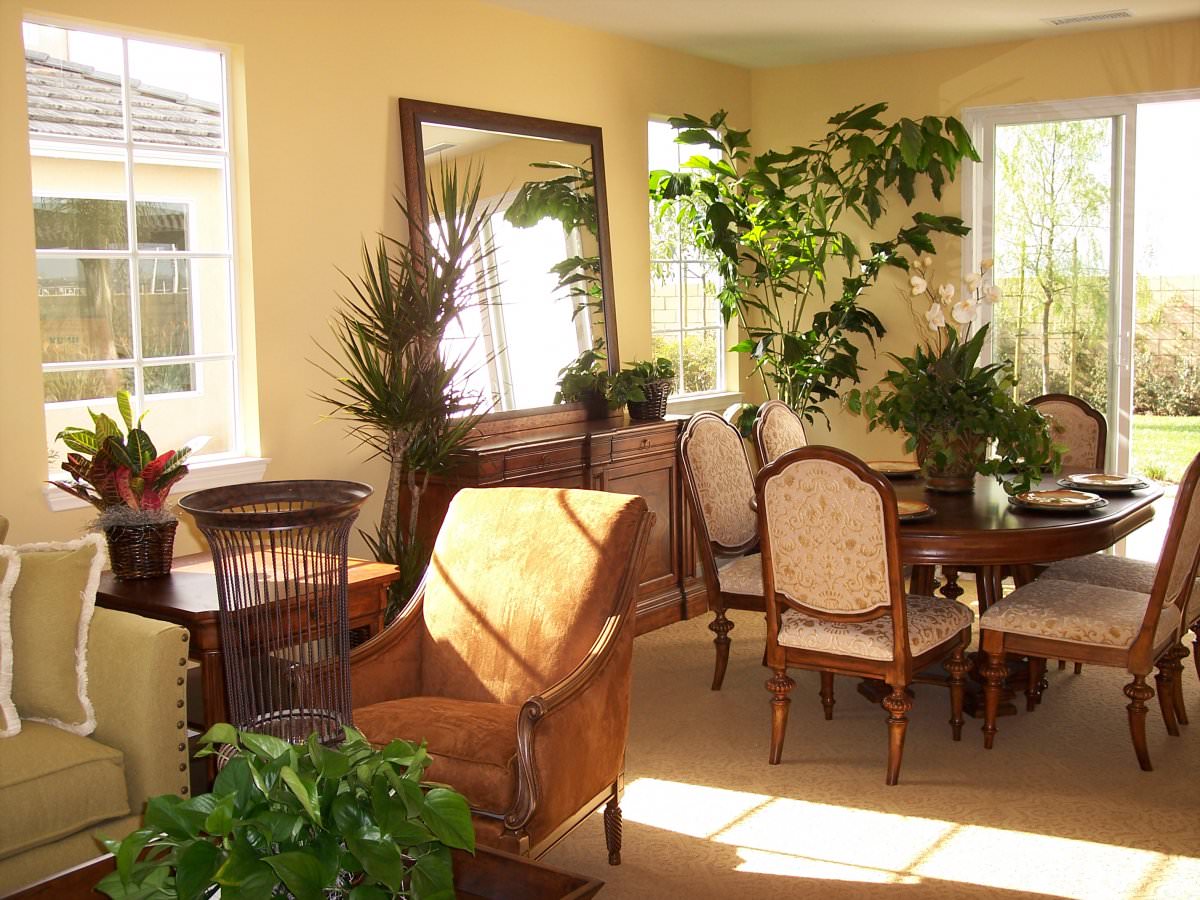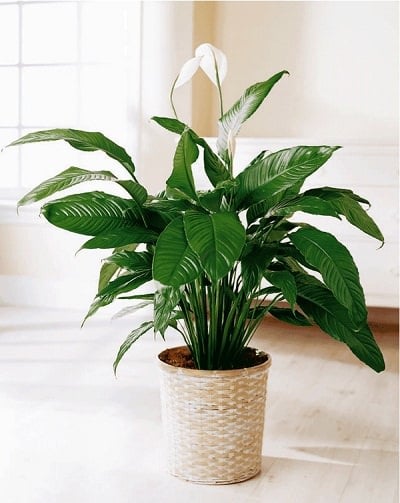By Will Creed, owner of HorticulturalHelp.com
Are you growing indoor plants? If yes then these 8 plant myths will definitely be helpful for you in treating your plants differently.

Over the years a number of ideas have come to be accepted as part of the conventional wisdom of plant care. Some of these ideas started with nursery growers who developed their plant care techniques based on the optimal conditions that they can create in their greenhouses and nurseries. However, some of these practices are inappropriate for houseplant owners who’re growing plants in more trying circumstances. No wonder so many people believe they just don’t have green thumbs!
Myth #1: Plants grow bigger in bigger pots.
Fact: The fastest growing plants are those that are kept moderately potbound so that their roots fill most of the pot. Frequently repotted plants put much of their energy into growing more roots, at the expense of leaves and flowers. Plants in large pots are also much more likely to suffer from root rot.
Myth#2: Ailing plants will benefit from plant food.
Fact: Plant food or fertilizer is not medicine. It is intended for healthy plants that are growing vigorously and are using up the essential nutrients in the soil. You cannot force plants to use more nutrients than they need. Excess nutrients accumulate in the soil and burn tender roots and cause leaf discoloration. Ailing plants absorb fewer nutrients than healthy plants.
Myth #3: Indoor plants need lots of direct sunlight.
Fact: Only some indoor plants benefit from direct sun. Many common indoor plants are shade-lovers that suffer from “sunburn” (bleached out leaves) when exposed to the direct sun rays.
Also Read: Indoor plants according to different light conditions
Myth #4: Yellow leaves and brown tips mean over watering.
Fact: These common symptoms have many possible causes including too little water, inadequate light, excess fertilizer, hard water, and poor soil quality.
Myth #5: Misting plants will increase the humidity.
Fact: Misting plants once or twice per day increases the humidity by so little that it has no practical value for humidity-loving plants. Misting does help keep plants clean, however.
Myth #6: Most indoor plants need high humidity to thrive.
Fact: Most of the commonly available indoor plants are commonly available because they have proven their ability to adapt to very dry environments that found indoors. Although most indoor plants (succulents excepted) come from naturally humid habitats but many of them can survive quite well in low humidity, as long as they receive adequate moisture through their roots.
 Myth #7: Chemical pesticides are the only effective way to eliminate plant pests.
Myth #7: Chemical pesticides are the only effective way to eliminate plant pests.
Fact: There are many safe and effective treatments for plant pests. These treatments include products such as dish soap, rubbing alcohol, horticultural oils, sand, sticky traps, diatomaceous earth, and hot pepper.
Myth #8: Most indoor plants go dormant in the winter.
Fact: Most indoor plants come from tropical regions that are warm year-round. Unlike temperate zone plants, tropical plants grow actively all year long. In northern climates, the winter months bring fewer hours of daylight. This reduction in light causes slow growth rate of plants, leading some observers to incorrectly conclude that they are dormant.
Will Creed is a professional interior landscaper with over 30 years of experience in caring and growing houseplants in homes and offices in Manhattan, NYC.
He offers indoor plant services in NYC.




“Plants grow bigger in bigger pots.” True – ask & I’ll expand on the reply.
“Ailing plants will benefit from plant food.” It depends – if the plant is ‘ailing’ because of a nutritional deficiency, withholding fertilizer is a death sentence.
“Indoor plants need lots of direct sunlight.” You need to separate the effects of over-heating and photo-oxidation (sunburn). The flimsiest windows reduce photo loads by at least 80%. Even most plants that prefer shade will tolerate that photo load with ease if appropriately conditioned/acclimated to the brighter location, but not the passive solar heat gain that occurs from being in direct sun. Add a fan to the room and the boundary layer (of air) that surrounds eaves and traps heat is disrupted, allowing heat to escape the leaf.